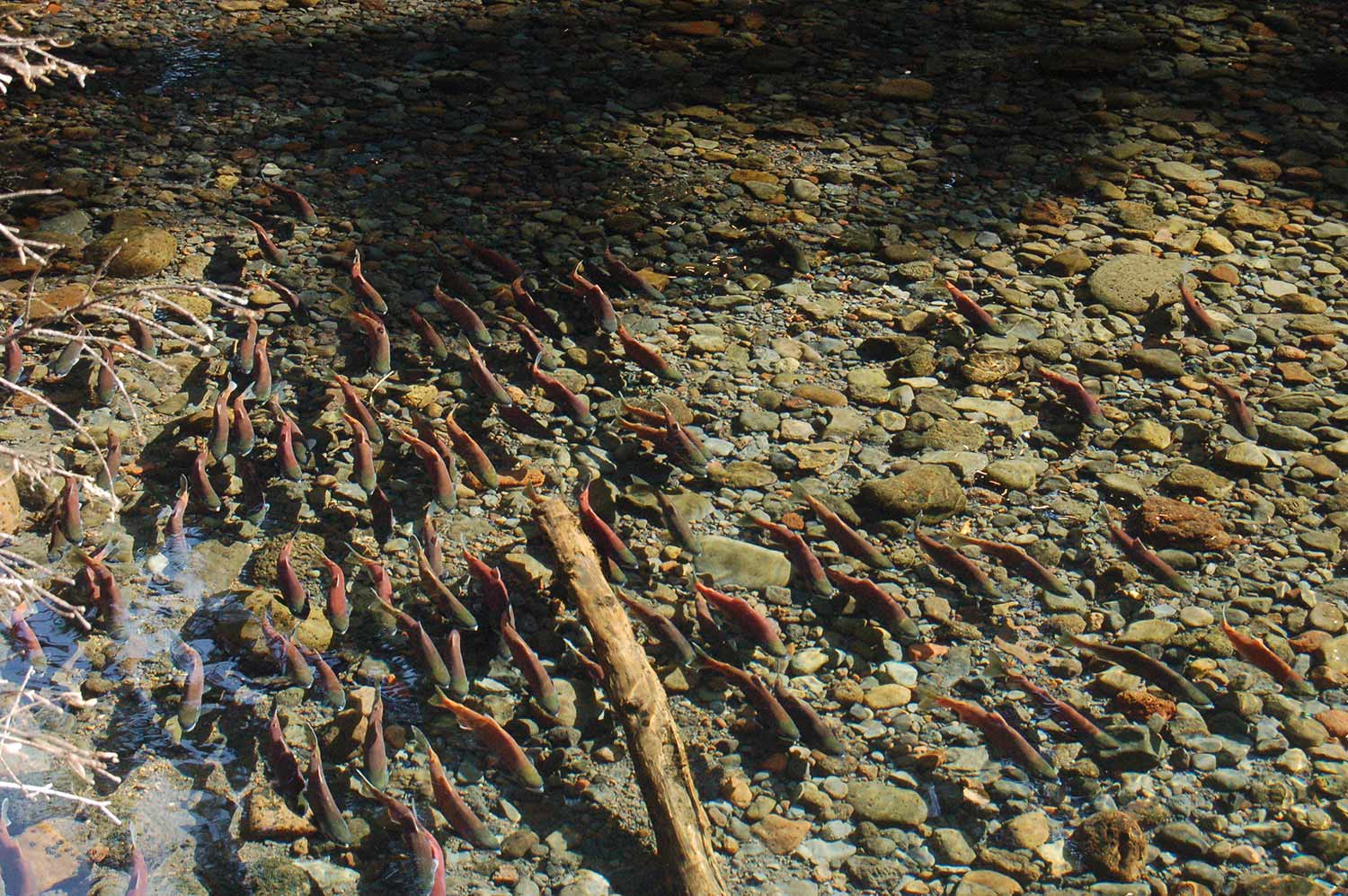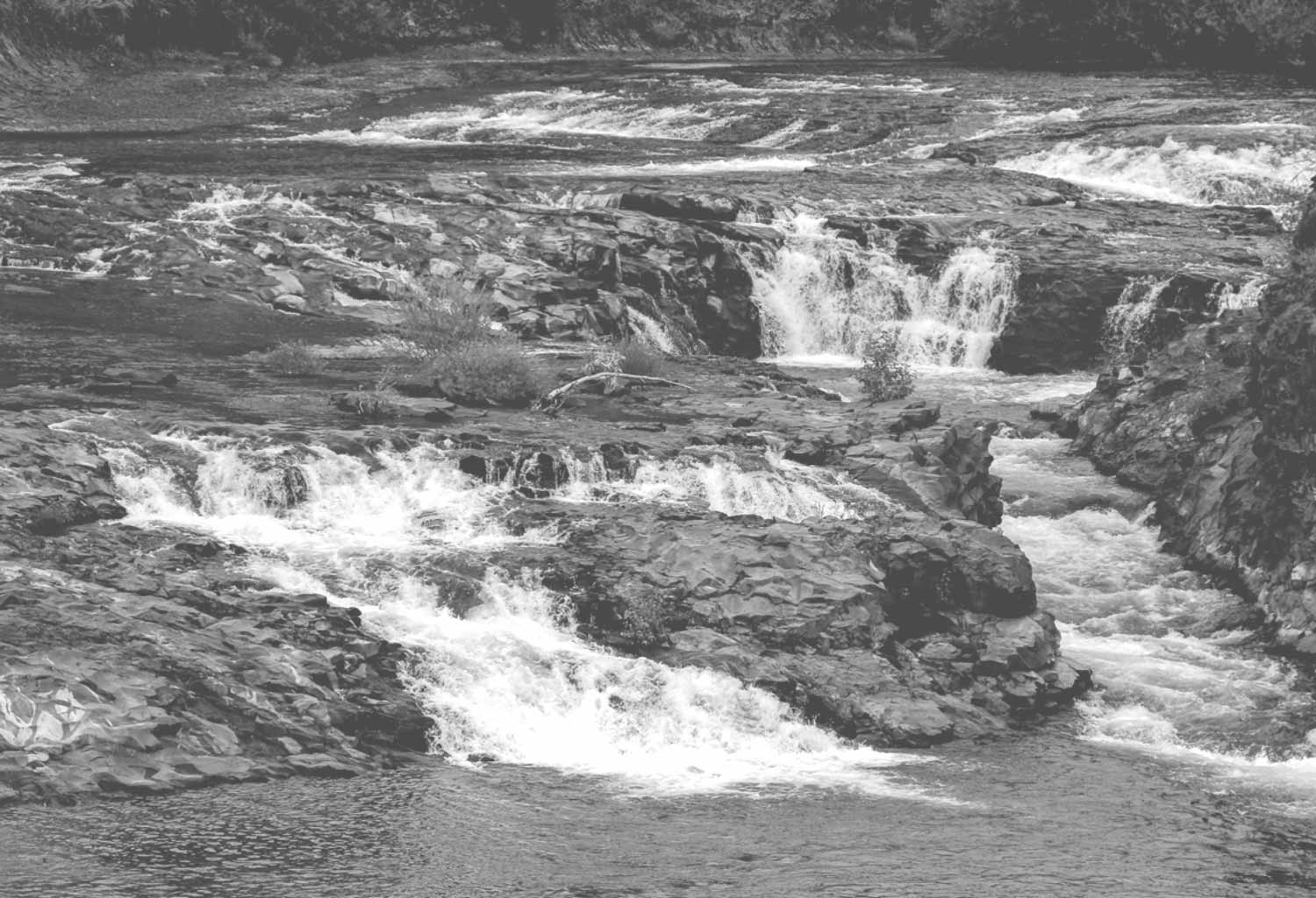
The Spokane Tribal Hatchery annually produces kokanee salmon and rainbow trout for release into Lake Roosevelt, Banks Lake and reservation inland lakes. The hatchery was developed and constructed as partial mitigation for the loss of salmon, steelhead and habitat caused by hydroelectric power development on the Columbia River, namely Grand Coulee Dam. The overall goal of the hatchery is to aid in the restoration and enhancement of the Lake Roosevelt fisheries.
The Lake Roosevelt Fisheries Evaluation Program, staffed by the Spokane Tribe (and managed with other partners), was formed in 1988 to evaluate the success of fishes released by the Lake Roosevelt Artificial Production Program and the effects of such releases on tribal subsistence and recreational fisheries, and also the resident fish community. The Lake Roosevelt White Sturgeon Recovery Project is managed by the Spokane Tribe, which contracts with the other partners, to assess the white sturgeon population in Lake Roosevelt. The tribe has evaluated all fish bearing streams on the reservation that empty into the Columbia and Spokane Rivers. Data is used locally by fisheries and water quality managers as well as maintained in joint database updated with data from each fish and wildlife manager in the region. The tribe hopes that through its monitoring and involvement, it can improve water quality and fish habitat for the use of future generations.
